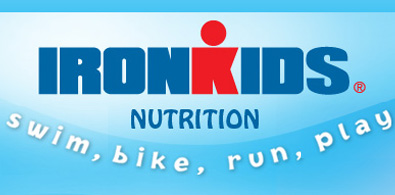
We all know the benefits of fibre right? Beans for dinner tonight means a clean ‘system’ tomorrow! A little fibre goes a long way to keeping our digestive track ‘flowing!’
Moms inspect little diapers and monitor washroom visits to be sure the kids are ‘regular’ and many of us have experienced a child who is not. Constipation is a real issue and getting enough fibre is not always easy, or very tasty for some kids.
I remember how lucky I felt that my daughter actually liked prune juice and pears because she had them daily to help with her ‘issues’. How I wish now that we had fibre gummy vitamins then!
Fibre does a lot more than just keeping us regular. In addition to preventing constipation, it helps lower blood cholesterol, controls blood sugar levels and regulates various gastrointestinal disorders. According to the Dieticians of Canada, “High fibre diets may also help prevent and treat a variety of diseases and conditions, including heart disease, cancer, diabetes and obesity.”
Fibre comes in two forms: soluble and insoluble. Soluble fibre is a soft fibre that dissolves in water and helps to lower blood cholesterol and to control blood sugars. Soluble fibre is found in oat bran, oatmeal, legumes such as dried peas, beans, and lentils, apples, strawberries, citrus fruits, and barley.
Insoluble fibre helps prevent constipation, keeps the digestive system healthy, and lowers the risk of certain cancers. Wheat bran, whole grain foods like whole wheat bread, vegetables, fruits, and legumes, such as dried peas, beans, and lentils are the best sources of insoluble fibre.
How Do We Make Sure Our Kids are Getting Enough Fibre?
- Compare food labels. High-fibre foods have more than five grams of fibre per serving.
- Choose only whole grain products. Try for 6 servings of whole grain bread, pasta, rice and cereals a day, and use whole wheat flour when baking.
- Eat fruits instead of drinking juice. Most of the fibre is found in the skin of the fruit, such as apples, pears and nectarines.
- Eat berries. They are small but pack a fibre punch. Berries like blackberries, raspberries, dates and prunes have over 7g of fibre per 100gram of berries.
- Eat beans. Add barley, beans or lentils to a meal by tossing some in a salad, or in your next soup, casserole or pasta sauce.
- Use bran and flax. Add a tablespoon of bran or flax seed to your cereal or yogurt in the morning and in all your baking.
- Add Trail mix. Trail mix makes a great snack or topping for salads. Nuts, sesame seeds, sunflower seeds and dried fruits, such as apricots, have lots of fibre.
- Snack on fibre. Offer fibre rich popcorn, pretzels or whole grain crackers instead of chips or cookies.
It is important to eat a variety of high fibre foods to ensure you get enough of both types of fibre. Add fibre to your diet slowly, a little day by day, until you reach your daily fibre intake goal. Switching from a low to a high-fibre diet too quickly can cause constipation, gas and cramps. Also ensure you are getting enough water, as fibre works best when consumed along with plenty of liquids.
Deborah Lowther is Iron Kids’ resident Mom expert. She is the voice of the IronKids website, Facebook and on Twitter. Follow Deb on Twitter @KidsGummyMum or chat with her on Facebook IronKids.Health. Deb is passionate about giving families information they need to Raise Healthy Kids and make getting outside and staying active FUN.



